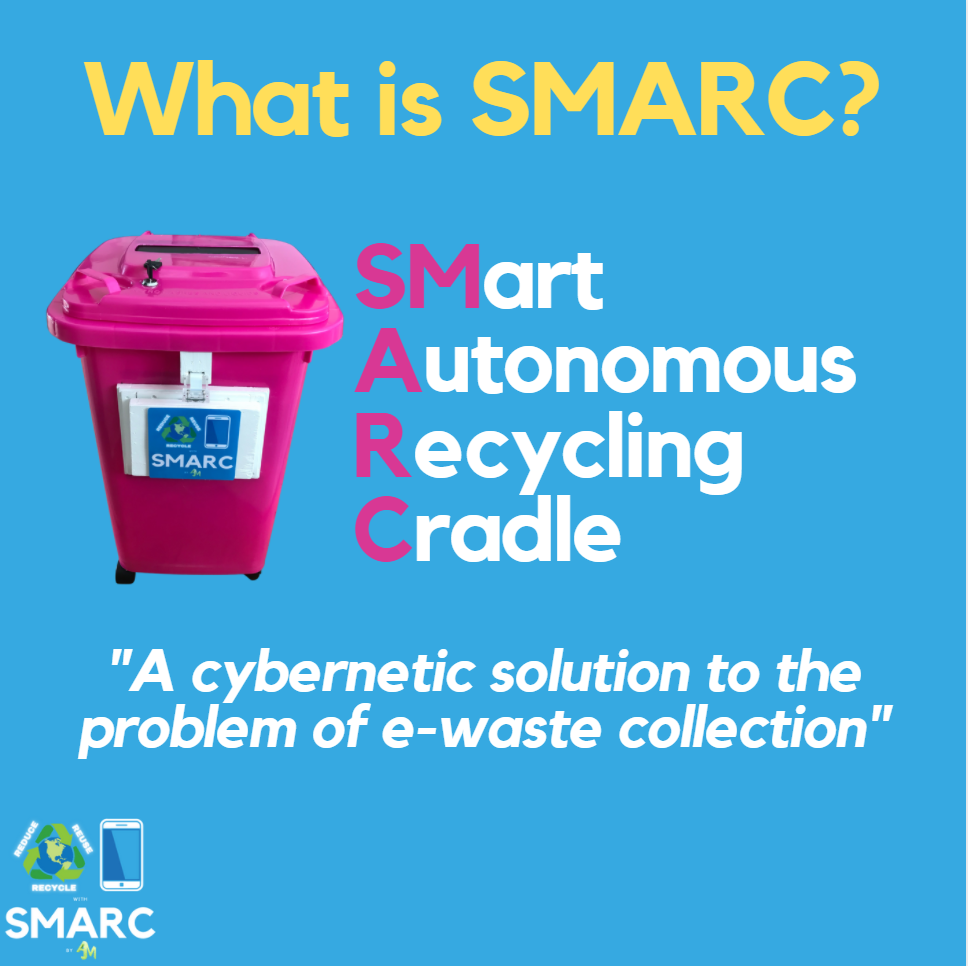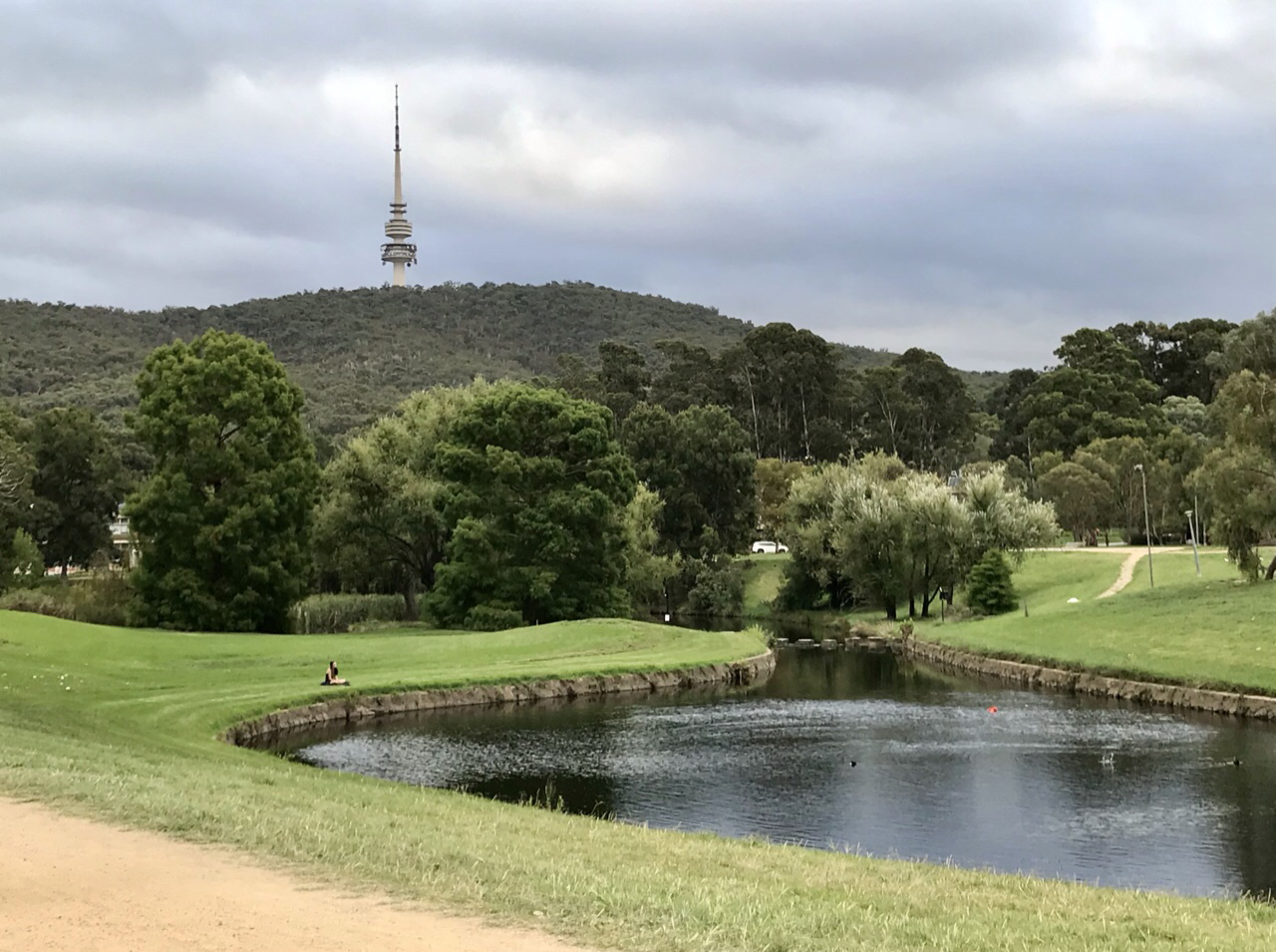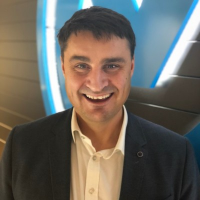
At the end of our 3AI Master of Applied Cybernetics program, we get to showcase our group project in building a Cyber-Physical Systems (CPS) on the Demo Day 2021 virtual event. Our group theme is Critical Infrastructure.
Recent studies show that Australia generates more than 500,000 tonnes of e-waste, more than half of which is not recycled and goes straight to landfill. This causes significant damage to the environment, as toxic chemical and plastics slowly leach into the ecosystem. It is also a waste of valuable resources that can be recovered and reused as raw materials in manufacturing. Despite Australia having some of the most developed regulations to ensure manufacturers implement schemes to recycle their products, the uptake in Australia remains low. People continue to hoard old and disused technology in their home for reasons including that they do not know e-waste is recyclable or they don’t know where to take e-waste for recycling. Even worse, when they do recycle these products, they often end up in toxic waste dumps in developing countries when workers strip them for their valuable materials.
To address these twin challenges, our CPS Project the Critical Infrastructure team has designed a cyber-physical system known as the Smart Autonomous Recycling Cradle, or SMARC for short. The team involved are Adrian Melillo, Julian Vido and Myrna Kennedy (click on their names to see their short bio).
SMARC is an integrated cyber-physical system designed to unlock the challenges of e-waste collection for the benefit of the downstream processes. Our collection API optimises our partner’s collection routes and timing. While our data API allows recyclers to know the mass and quality of e-waste across the network, ensuring efficient processing. This constant flow and exchange of SMARC data optimises the entire e-waste network.
SMARC exemplifies the strides we can take to address the most pressing environmental threats of our time, using applied cybernetic thinking. Technology can only do so much. We need stronger systems to ensure no e-waste ends up in landfill, commencing with a regulatory mandate that all e-waste needs to be recycled.
To see our journey details, please click each link below.
- SMARC Demonstration
- What We Made & Our Motivation
- Tools, Component & Materials Used
- Challenges of the Journey and How We Overcome Them
- New Skills We’ve Learned
- Connection with the New Branch of Engineering
- What Would be Done Differently in Future
Reflections
Before joining the Master program, I didn’t know what Raspberry Pi was. I thought it was the actual raspberry pie that we could eat, just like what Sarah made for the Vice-Chancellor. At the beginning of this year, when we were introduced to Raspberry Pi, I couldn’t believe that it’s a mini pocket size computer (credit card size) that can do many amazing things. At the end of the year, I still can’t believe that I could even build the entire cyber-physical system using that Raspberry Pi with the combination of different tools, equipment, materials, software, program, and much more stuff that is actually WORKING!!! I feel so proud and amazed with everything that we accomplished this year despite the many challenges.
Throughout building this CPS Project, what I’ve learned is absolutely above and beyond what I could ever imagine. I never thought that I would be learning Bush Carpentry skills to apply the Design Thinking process through the Cybernetics way of thinking. And working with my group, who came from a law/legal and technology background, has enriched my learning experience and knowledge in the project’s legal, policy, regulations, and technology side. It was eye-opening for me to look at the problem from a legal lens that I had never been exposed to previously.
If I were asked to do this group CPS project again, I would prefer to build this together in person and not scattered across 3 different cities/states online over Teams. However, these challenges have forced me to be more resilient and creative, thinking outside the box and finding alternative ways to overcome these challenges. And somewhat, I believe these challenges and limitations bring out the best version of myself. I learn and grow more when I’m being challenged, and that’s why I want to challenge myself to keep learning new things every day.
I’m very grateful for this group CPS project task. Not only did I learn the technical skill to build the prototype, but I also gained more practical skills in applying the cybernetics approach and system thinking, which absolutely enriched my learning experience this year. I’m forever grateful for this opportunity and consider myself very lucky to be part of the wonderful School of Cybernetics family, with incredible teaching staff and a lovely cohort. I wouldn’t be able to do and achieve all of this without each of you. THANK YOU ❤️
Acknowledgement
- Mina pretty much for everything! From sending the electronic stuff to Myrna in Sydney, to helping organise everything including following up and reminding us about all the things that we have to do.
- Matthew Phillips for sending his Ewtto mobile phone by express post and helping Myrna in troubleshooting the touch screen monitor and Coral Dev Board.
- Memunat Ibrahim for giving us some ideas in using Javascript (p5.js) and Google datasearch for mobile phone sample images.
- Katherine Daniell and Hannah Feldman for the initial ideas on Critical Infrastructure
- Xuanying Zhu and Chloe Skafte for sending photos of their old Samsung mobile phones, even though we didn’t use the images in the end because we need the physical phones to test on the Demo Day.
- Matthew Heffernan for helping us to display the interface in HTML and JavaScript codes.
- Myrna’s neighbour, Paul Stalley who let Myrna used his workshop with all the tools and equipment to build SMARC.
- Julian’s mum, Carmen, for sending up a parcel of old mobile phones to train the machine learning model.
- Warren Overton, CEO of ANZRP for being so generous with his time and sharing his insights and experience in the e-waste recycling system with us.
- Mark Fowler, from Clean Earth Technologies for being so generous with his time and sharing his insights and experience in the e-waste recycling system with us.
- Lucas Way, Anirban Ghose, MicroFactorie Engineers from SMART, UNSW
- Chloe Skafte for lending her USB Coral device.
- Kathy Reid for helping Myrna in troubleshooting the old touchscreen, Coral Dev board and SSH into Raspberry Pi.
- Our family and friends who always be there for us.





